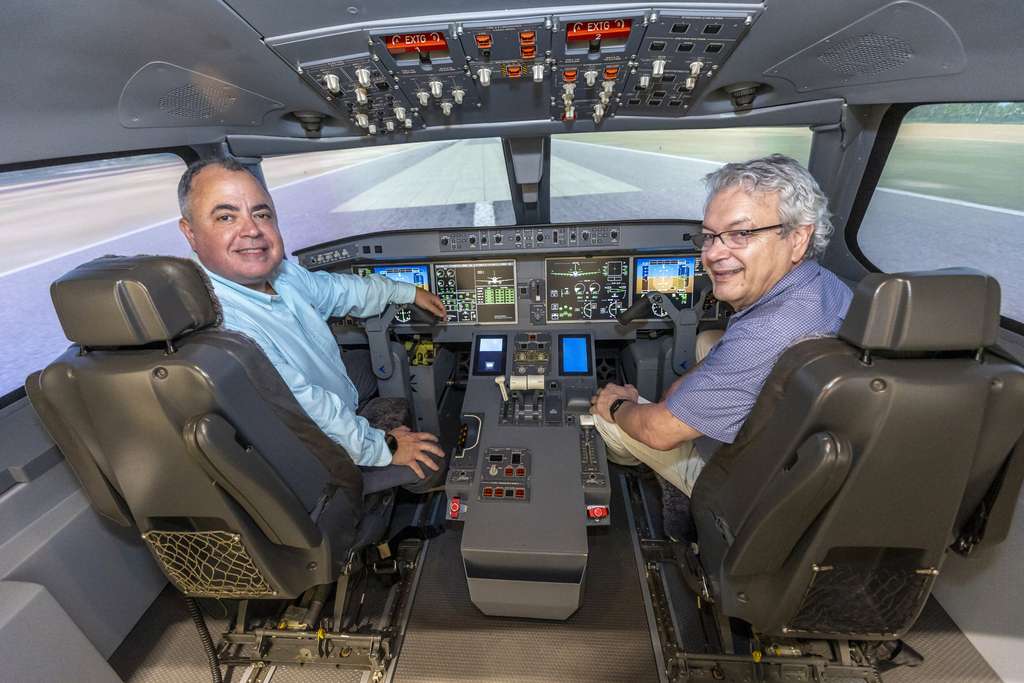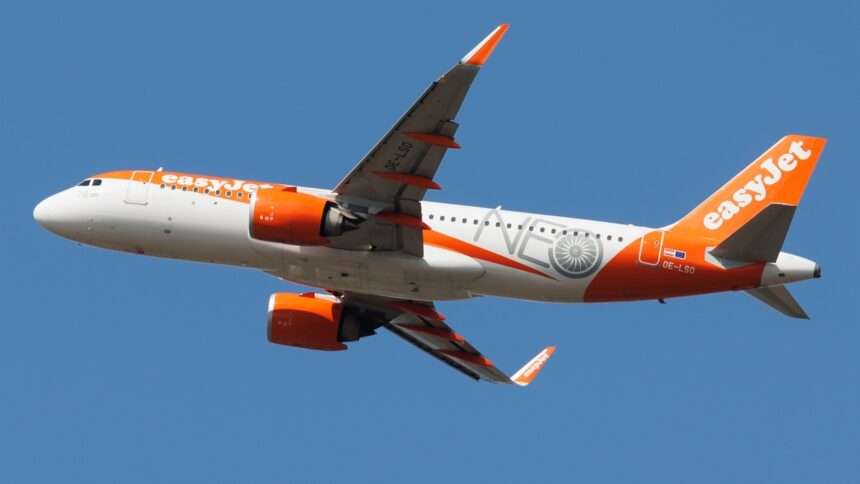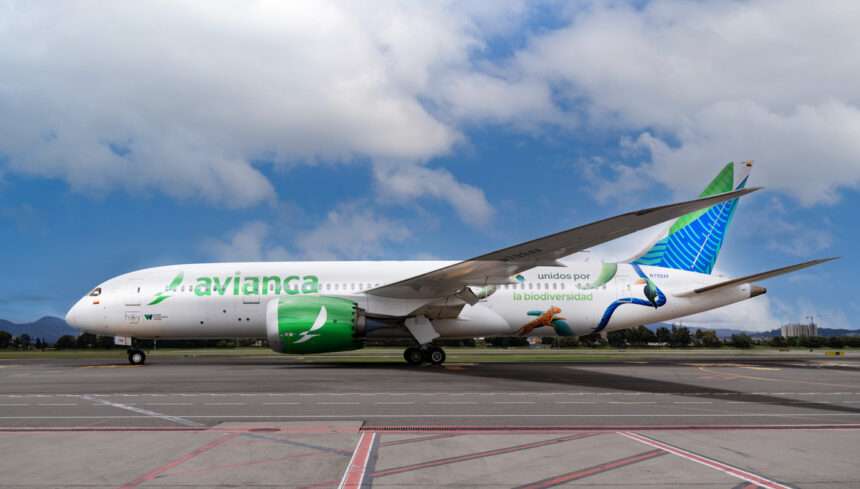Two pioneering Brazilian scientists, Micael Carmo and Fernando Catalano, have been selected as finalists for the prestigious European Inventor Award 2024 by the European Patent Office (EPO).
They are recognized in the ‘Non-EPO Countries’ category for their groundbreaking contribution to sustainable aviation noise reduction.
The award saw entries from over 550 candidates from around the world this year. Carmo and Catalano’s innovative work stood out to the independent jury of former award finalists.
The annual award ceremony will honor inventors whose solutions tackle some of the world’s biggest challenges. This is set to take place on 9 July 2024 in Malta. The voting link can be accessed here.
Micael Carmo and Fernando Catalano
Carmo and Catalano spearheaded the extensive “Brazilian Silent Aircraft” research program in partnership with Brazilian aerospace manufacturer Embraer.
This program involved research centers and top universities across Brazil, England, Germany, and the Netherlands.
Micael Carmo works as a mechanical engineer with Brazilian aircraft manufacturer Embraer. Fernando Catalano is an aeronautics professor at the University of São Paulo.
The pair led interdisciplinary teams that developed cutting-edge engineering methods and solutions to design significantly quieter aircraft.

Their combined innovation breakthrough reduced noise from Embraer’s new generation E2 commercial jets. The noise reduction equated to a substantial 65% drop compared to previous models.
But the benefits of their work extend far beyond just noise reduction. The E2 jets also achieve 25% lower CO2 emissions per passenger compared to older aircraft.
When using 100% Sustainable Aviation Fuel (SAF), these emissions can be cut by an extraordinary amount. This can be up to 85% less than conventional jet fuel. This represents a potential massive leap forward for sustainable aviation.
The ‘Silent Aircraft’ Program
The multiyear “Brazilian Silent Aircraft” program was a collaborative effort involving over 200 researchers. Embraer funded the program alongside government research organizations FINEP and FAPESP.
The program combined three distinct technical approaches:
- experimental flight testing and wind tunnel analysis,
- analytical and empirical modeling, and
- cutting-edge computational aeroacoustics simulations.

By combining these methods, the teams developed a deep understanding of the complex physics behind noise generation. It investigated noise from key aircraft components like wings, flaps, landing gear and engines.
Armed with these insights, they were able to optimize the aerodynamic design of the E2 jets. The project sought to minimize noise at the source across the entire aircraft.
Embraer then adjusted the geometry of aircraft parts, such as wings, flaps, and landing gear. The manufacturer then conducted flight testing in its unit at Gavião Peixoto, São Paulo.
The program earned multiple patents and represented a significant technical achievement. “This nomination highlights the Brazilian aviation industry’s commitment to efficiency and sustainability through innovation,” said Henrique Langenegger, Embraer’s Chief Engineer.
“We’re honored to be represented alongside Professor Catalano. It demonstrates how invaluable collaboration between companies and academia drives technological breakthroughs benefiting people’s lives and communities.”
European Inventor Award
The EPO jury carefully selected the European Inventor Award finalists based on the potential impact of their patented inventions.
The criteria were the advancement of technical progress while driving sustainable development and economic prosperity.
As one of Europe’s most prestigious innovation prizes, the award celebrates the latest pioneering solutions to some of the biggest environmental and societal challenges facing the world today.
Carmo and Catalano’s pioneering noise reduction work stands as a shining example. It shows how investing in fundamental research can yield transformative real-world applications.
Their accomplishments have opened up new possibilities for developing sustainable air travel. It showcases the minimization of noise pollution’s impact on densely populated residential areas surrounding airports.

Click the banner to subscribe to our weekly newsleter.

Click the photo to join our WhatsApp channel so then you can stay up to date with everything going on in the aviation industry!








